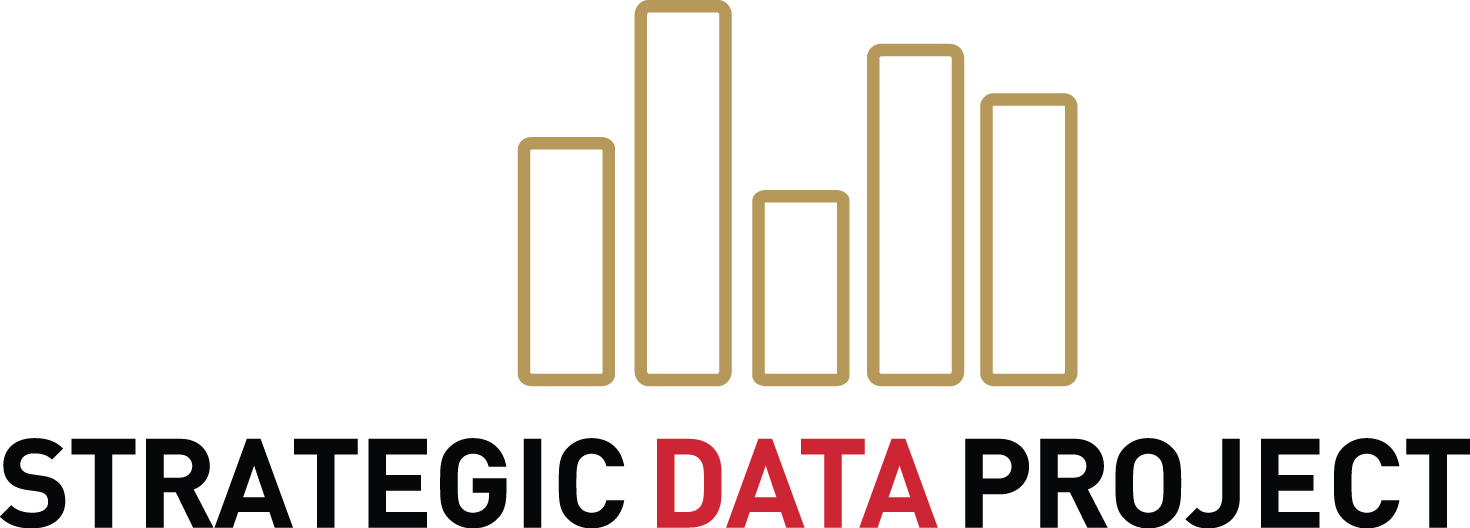 “As analysts, we always have the tendency to think that more information is better information. But that’s not always the case. The people we work with often need a simple story that they can quickly internalize and share within a sentence or two.” – Paul Govoni
“As analysts, we always have the tendency to think that more information is better information. But that’s not always the case. The people we work with often need a simple story that they can quickly internalize and share within a sentence or two.” – Paul Govoni
A child’s earliest years are when brain development is most rapid. A key factor is “language nutrition,” or the quantity and quality of back-and-forth conversation between a young child and their caregiver. The national nonprofit LENA, named for its Language ENvironment Analysis approach, was founded to promote this early learning.
LENA uses technology and data to support language development in daycare centers, schools, and homes. Children wear a small LENA recording device, which the organization describes as a “talk pedometer,” and LENA software analysis generates reports that show how often adults are using high-quality language interactions to engage the children in their care.
An organization built on detailed data-gathering would seem to have no obvious shortage of quantitative insights. But a grant-funded initiative across multiple U.S. cities revealed gaps in how data was defined and reported.
Enter SDP Fellow Paul Govoni, who was recruited and screened by SDP and placed as a data scientist at LENA. He was tasked with developing a grant-reporting tool that captured and shared multiple strands of data in a clear and consistent way.
LENA’s recording and analysis were being used in four different programs in five different cities, with caregivers and children generating detailed data by the day. How could program leaders, grant administrators, and the funder gain city-level views of the reach, retention, and impact of these efforts?
Capturing Common Goals
The more exposure children have to interactive talk, the better. From an infant’s coos to a toddler’s newformed sentences, research shows that children who participate in more conversational exchanges become better readers, have higher IQ scores, and more easily master social and emotional skills.
LENA promotes these exchanges through one-to-one support and group classes for parents, teachers, and young children. These efforts fall under four programmatic categories, and while they share the same overall goal, each model is distinct along key program components: delivery, audience, setting, length, and measurement. By tracking progress in each program across an entire city, LENA and funder Bloomberg Philanthropies could understand and enhance developmental trajectories at the system level.
However, that posed both a data and conceptual challenge, said Govoni.
“Internally, we had to change how we think about impacts across the different programs,” he said. “It was quite siloed, and there were not common definitions. There was a platform that looked at our childcare program, and another platform that looked at our parent group program and our home-based program, and there wasn't communication necessarily across them.”
To create common definitions and metrics of success, Govoni started by asking stakeholders what they needed to know. These conversations helped to identify the key outcomes a data tool should track: recruitment, retention, and impact. How many children and caregivers participated, how many stuck with the program, and how did key metrics like adult word counts change between a program’s beginning and end?
There was no shortage of detailed data. The challenge was in how to frame and share it. With the three key outcomes in hand, Govoni designed a simple, static spreadsheet presentation of city-level data that offered a clear, birds-eye view of LENA’s reach and impact.
“We needed something that a person high up in an organization could look at and quickly be able to understand our programs and what they do,” he said. “LENA is inherently complex, with a lot of data about words and turns and vocalizations. We needed to have something that could say, within two sentences, we've reached this many families, we're having this much impact, we're seeing these changes.”
The simple data dashboards included progress bars and color-coded “stoplight” icons to immediately sort progress into categories that focused on growth: greater than typical, small to moderate, and “not yet.” They also established new, common definitions for reach and progress that sparked reflection. And unlike detailed, end-of-year reports, they empowered ongoing conversation between cities and evidence-based program changes.
For example, when program operators in Birmingham, Ala., reviewed that city’s data dashboard, they saw that the impact of their home-visiting program, hampered by the pandemic, was not resulting in anticipated gains. The dashboard of another grantee city, Virginia Beach, Va., showed major gains in programs at local daycare centers. Birmingham consulted with Virginia Beach on best practices for early-childhood teacher coaching and shifted more resources to LENA Grow, which provides professional development to teachers in childcare centers.
Lessons Learned
Govoni identified two main lessons learned from this project.
First, don’t wait—start to prototype while diagnostic conversations are fresh (or even ongoing). Because he was taking on a data and conceptual challenge, his attempt to meet it distilled his understanding and response to both. Creating the dashboards was not a firm response, but another step of iteration.
In general, “the concept of dashboarding has started to appear elsewhere across the organization,” he said. “Now we think of it as a space where we can test out ideas and work in partnership to create a launching pad of something we might eventually bring online.”
Second is the importance of simplicity. In crafting common metrics and presenting them clearly, Govoni prioritized utility over perfection. This approach considers data as a means to an end, not an end in and of itself.
“Instead of creating a spreadsheet with 50 ways to slice up the data, and users can just pick the story they want to tell, the right approach here was to create a simple story that quickly told users what they need to know,” he said. “That aids interpretation and decision-making, and that was the goal of this work.”
***
LENA and SDP are grateful to the Overdeck Family Foundation for sponsoring LENA’s participation in the Strategic Data Project Fellowship.
